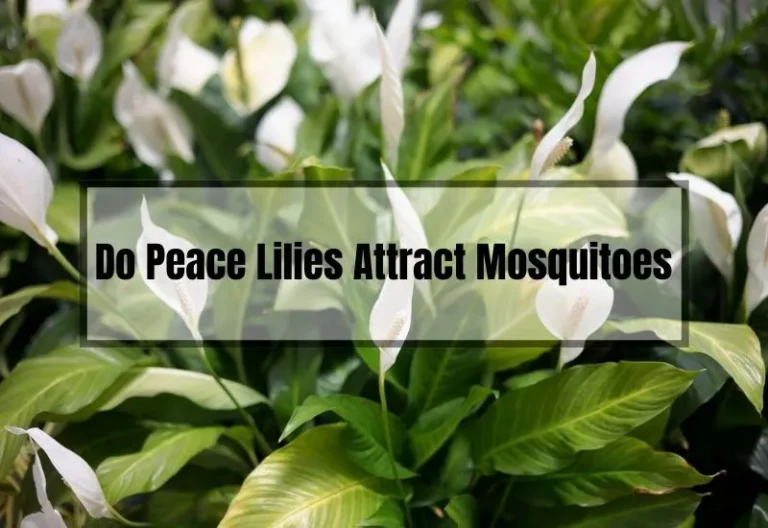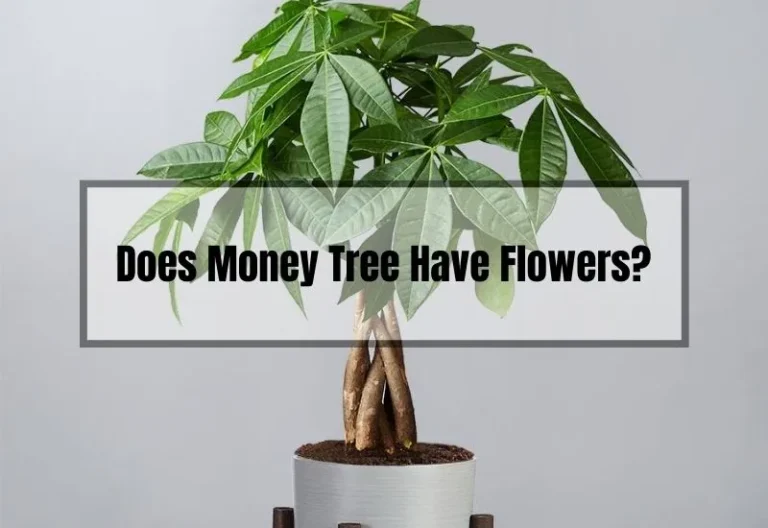How to Reduce Height of Rowan Tree: A Step-by-Step Guide
Are you wondering how to reduce the height of your rowan tree? Perhaps it’s grown too tall and is blocking your view, or maybe it’s become too big for your garden. Whatever the reason, reducing the height of your rowan tree is a simple process that can be done with a few basic tools and a little know-how.
The best time to prune a rowan tree is in late autumn or winter when the tree is dormant. This is when the tree is least likely to suffer from damage, and it allows the tree to heal itself more quickly.
However, if the tree is causing an obstruction or is a safety hazard, it may need to be pruned at other times of the year. In this article, we will provide a step-by-step guide to reducing the height of your rowan tree, as well as tips on how to maintain your tree after pruning.
Key Takeaways
- Late autumn or winter is the best time to prune your rowan tree.
- Reducing the height of your rowan tree is a simple process that can be done with a few basic tools.
- After pruning, it’s important to maintain your tree properly to ensure its continued health.
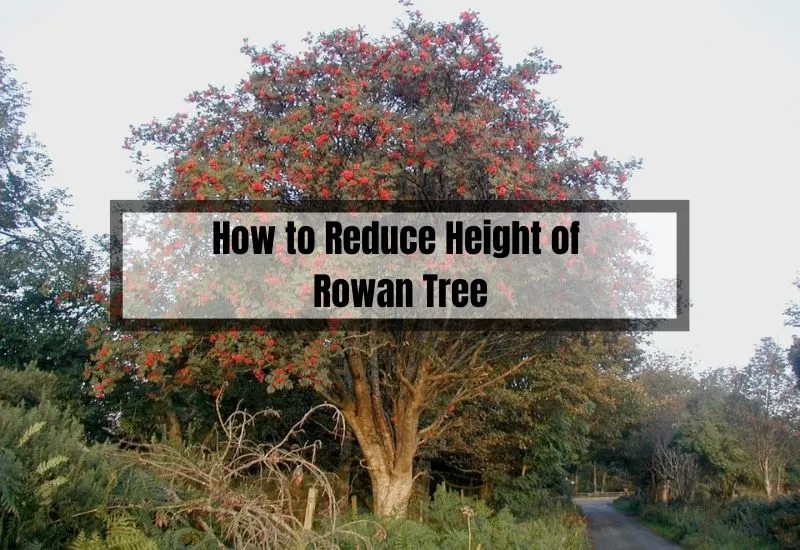
How to Reduce Height of Rowan Tree
If you have a rowan tree that has grown too tall, you may be wondering how to reduce its height. Here are some steps to follow:
- Assess the tree: Take a good look at your tree to identify which branches are causing the height issue and decide which ones need to go. Make sure to wear protective gloves and eyewear before starting the process.
- Choose branches for removal: You should remove the branches that are causing the height issue. The best time to prune a rowan tree is in late autumn or winter. A tree surgeon recommends it best for the tree to heal the wounds itself, and only recommends sealing if someone positively has to chop birches, ash, or rowan (mountain ash) during their growing periods, which he always refuses to do.
- Prune the tree: Use a pruning saw or lopper to remove the selected branches. Make sure to cut the branches at the collar, which is the swollen area where the branch meets the trunk. It is better to saw them approximately 10 cm from the trunk if the lowermost side branches are very thick.
- Monitor the tree: Keep an eye on the tree after pruning to make sure it is healing properly. If you notice any signs of disease or stress, contact an arborist for assistance.
- Repeat if necessary: If the tree is still too tall after pruning, you may need to repeat the process in a few years.
By following these steps, you can reduce the height of your rowan tree and keep it healthy and beautiful.
Best Time to Prune Rowan Tree
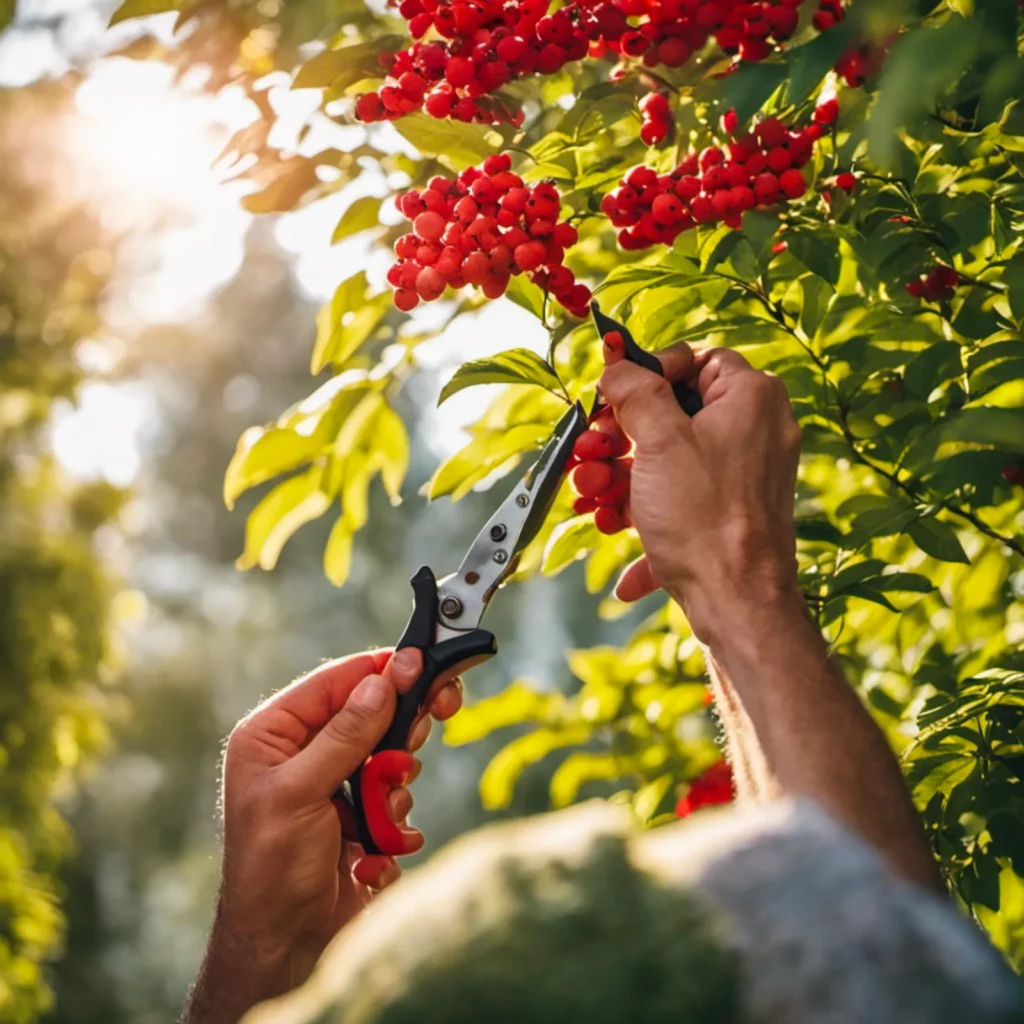
If you want to reduce the height of your rowan tree, pruning is the way to go. However, it’s important to do it at the right time to avoid damaging the tree and to ensure the best results.
In this section, we’ll discuss the best time to prune your rowan tree, taking into account seasonal considerations and tree health factors.
Seasonal Considerations
The best time to prune your rowan tree is during its dormant season, typically between late fall and early spring. During this time, the tree is not actively growing, which means it’s less vulnerable to damage and disease. Pruning during the growing season can cause stress to the tree and may result in stunted growth or other problems.
It’s also important to avoid pruning during the tree’s active growing season or when it’s full of berries. Pruning during this time can cause a messy clean-up and may affect the tree’s ability to produce fruit the following year.
Tree Health Factors
When deciding when to prune your rowan tree, it’s important to consider the tree’s overall health. If the tree is already stressed or diseased, pruning may further weaken it and make it more vulnerable to pests and disease.
Before pruning, inspect the tree for signs of damage or disease, such as dead or broken branches, cankers, or discoloration. If you notice any issues, it’s best to address them before pruning to ensure the tree is healthy enough to handle the stress of pruning.
In addition, make sure you’re using the right tools and techniques for pruning your rowan tree. Using dull or dirty tools can damage the tree and increase the risk of disease. Always sanitize your tools before and after use to prevent the spread of disease.
By pruning your rowan tree at the right time and with the right techniques, you can help keep it healthy and looking its best.
Required Tools and Equipment
To get the job done right, you’ll need some essential tools:
- A sturdy ladder (safety first!)
- Sharp pruning shears for smaller branches
- A pruning saw for larger limbs
- Protective gloves and eyewear
A Step-by-Step Guide to Reducing the Height of a Rowan Tree
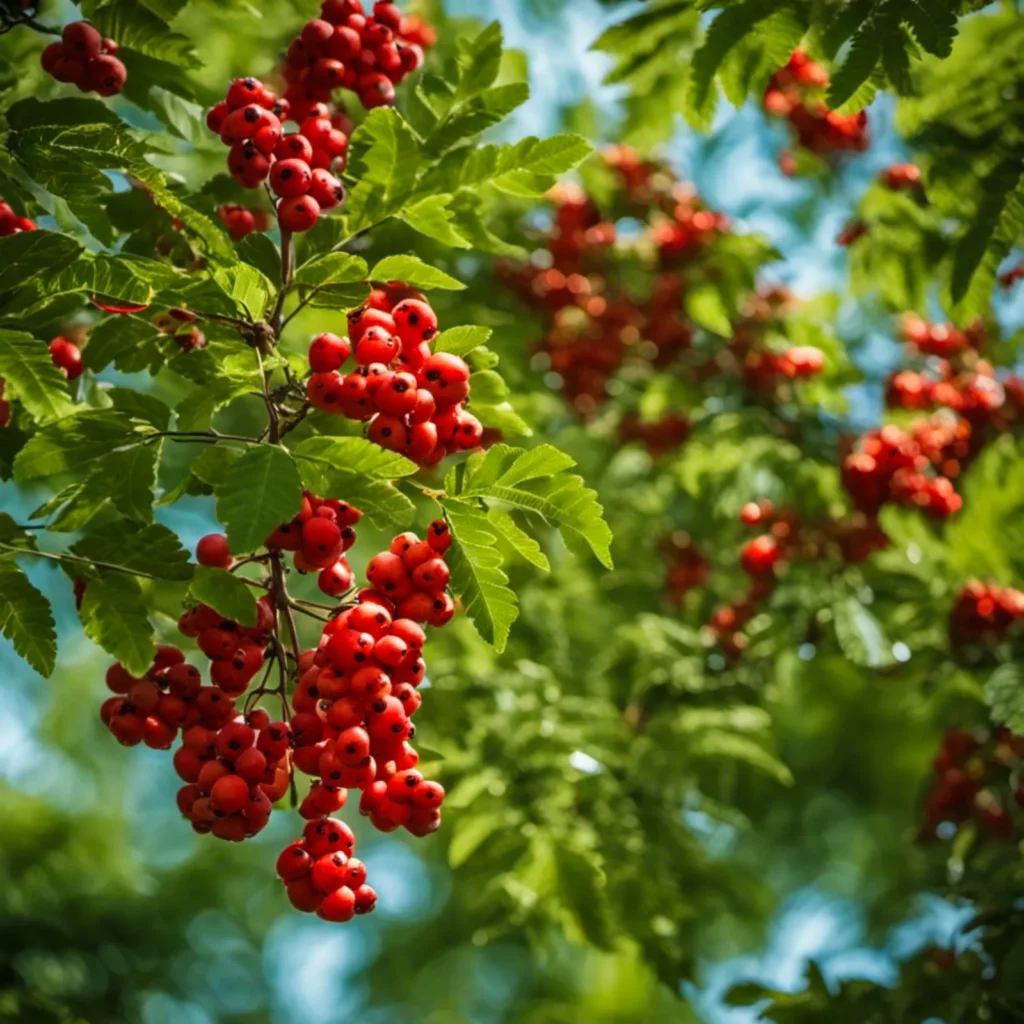
Reducing the height of a rowan tree can be a daunting task, but with the right tools, safety precautions, and pruning techniques, you can do it successfully. Here is a step-by-step guide to help you reduce the height of your rowan tree.
Gathering Necessary Tools
Before you start pruning your rowan tree, make sure you have the necessary tools. Here are the tools you will need:
| Tools | Description |
|---|---|
| Pruning shears | Used to cut small branches |
| Lopping shears | Used to cut larger branches |
| Pole pruner | Used to reach high branches |
| Hand saw | Used to cut large branches or trunks |
| Safety goggles | Used to protect your eyes from debris |
| Gloves | Used to protect your hands from cuts and scratches |
Safety Precautions
Safety should always be your top priority when pruning a tree. Here are some safety precautions you should take:
- Wear safety goggles and gloves to protect your eyes and hands from debris.
- Use a sturdy ladder or pole pruner to reach high branches. Do not climb the tree.
- Do not prune during wet or windy weather.
- Make sure no one is standing under the tree while you are pruning.
Pruning Techniques
Now that you have the necessary tools and safety precautions in place, it’s time to start pruning your rowan tree. Here are some pruning techniques to follow:
- Start by assessing the tree and identifying which branches are causing the height issue. Look for branches that are growing vertically or crossing over other branches.
- Choose branches for removal that are no more than one-third of the trunk’s diameter. This will prevent the tree from becoming unbalanced.
- Make clean, angled cuts close to the trunk or main branch, but not flush with it. Flush cuts can damage the tree and make it more susceptible to disease.
- Remove the entire branch, not just the top part. This will help the tree heal faster and prevent new growth from sprouting on the same branch.
- Do not remove more than one-third of the tree’s canopy in a single year. Removing too much can stress the tree and make it more vulnerable to disease and pests.
By following these step-by-step instructions, you can successfully reduce the height of your rowan tree. Remember to take your time, be patient, and prioritize safety throughout the process.
Common Mistakes to Avoid When Reducing Rowan Tree Height
- Over-pruning: It’s tempting to go all out, but over-pruning can lead to a weak, unhealthy tree. As I mentioned earlier, don’t remove more than 25% of the tree’s crown in a single session.
- Improper timing: Pruning during the growing season can cause unnecessary stress to your tree. Stick to the dormant season for best results.
- Using dull or inappropriate tools: Blunt tools can cause damage, making your tree more susceptible to disease. Invest in sharp, high-quality pruning tools.
- Neglecting safety measures: Tree work can be dangerous, so always prioritize your safety by using appropriate gear and following best practices.
Maintaining Your Rowan Tree After Pruning
Once you have successfully pruned your rowan tree to reduce its height, it is important to maintain its health and prevent overgrowth. Here are some tips on how to do just that.
Post-Pruning Care
After pruning your rowan tree, it is important to take some steps to ensure that it stays healthy and recovers well. Here are some things you can do:
- Water your tree well: Make sure your rowan tree receives enough water after pruning. This will help it recover and grow new branches and leaves.
- Fertilize your tree: Use a high-quality fertilizer to provide your rowan tree with the nutrients it needs to recover from pruning. Be sure to follow the instructions on the fertilizer carefully.
- Mulch your tree: Apply a layer of mulch around the base of your rowan tree to help retain moisture, regulate soil temperature, and prevent weeds.
Preventing Overgrowth
To prevent your rowan tree from growing too tall again, there are a few things you can do:
- Prune regularly: Regular pruning will help keep your rowan tree at a manageable height. Aim to prune your tree every two to three years.
- Avoid over-pruning: Avoid removing too much foliage at once. Removing more than 25% of the tree’s crown can weaken the tree and make it more susceptible to disease and pests.
- Choose the right location: When planting a new rowan tree, choose a location that will allow it to grow to its full height without interfering with power lines or other structures.
By following these tips, you can maintain the health of your rowan tree and prevent it from growing too tall again.
Frequently Asked Questions (FAQs)
How often should I reduce the height of my Rowan tree?
As a general rule, prune your Rowan tree every 2-3 years to maintain its shape and health. However, this may vary depending on the specific needs of your tree.
Can I reduce the height of my Rowan tree by myself, or should I hire a professional?
If you’re confident in your tree pruning skills and have the necessary tools, you can certainly tackle the job yourself. However, if the tree is large or in a difficult-to-reach location, it might be best to call in the pros.
What is the ideal height for a Rowan tree?
Rowan trees can grow up to 50 feet tall, but you can maintain them at a shorter height for a more manageable size. The ideal height will depend on your personal preference and landscape needs.
Will reducing the height of my Rowan tree harm its overall health?
As long as you use proper pruning techniques and avoid over-pruning, reducing the height of your Rowan tree should not harm its health. In fact, it can help promote stronger, healthier growth.
Can I plant a Rowan tree near my house or other structures?
Rowan trees have a relatively shallow root system, making them suitable for planting near buildings. However, it’s always a good idea to consult a local arborist for advice on the best location for your tree.
Conclusion
Well, there you have it, folks! I hope this step-by-step guide helps you achieve the perfect Rowan tree height for your garden or landscape. Remember, regular maintenance is key to keeping your tree looking fabulous and ensuring its long-term health and beauty.
So, grab your pruning shears and give your Rowan tree the love it deserves – no superpowers required! Happy pruning!




